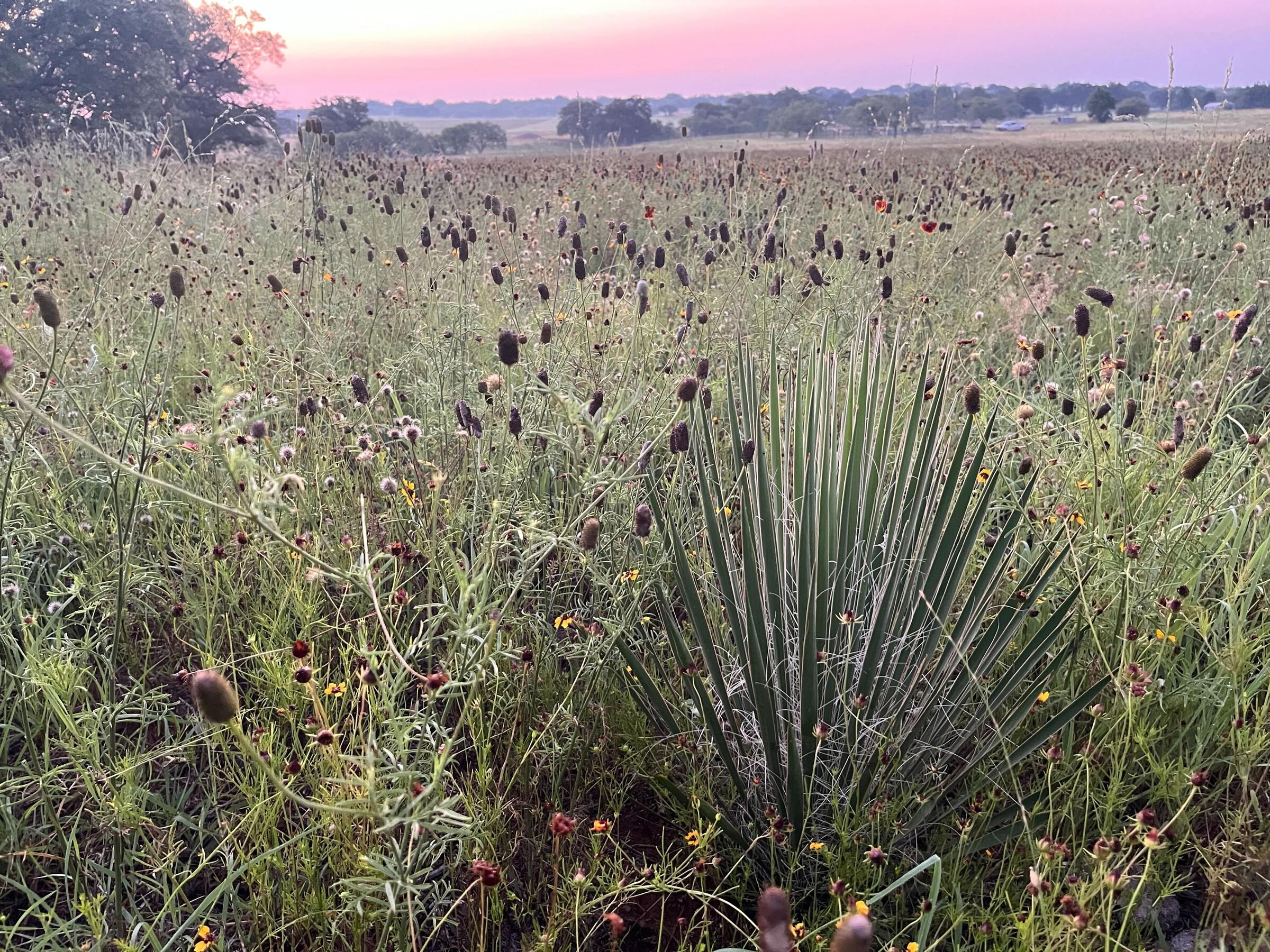By Anita Gilson, Range Ecologist
Across Texas, the Audubon Conservation Ranching (ACR) program continues to thrive, expanding boots on the ground conservation with the addition of a North Texas Range Ecologist, Chantalle Vincent. Now a team of three, Audubon Texas range ecologists have been busy helping ranchers adopt bird friendly management practices that benefit both native grassland birds and working landscapes. Demand for the program is high, with 20 ranches representing 128,800 acres now enrolled and another 15 ranches covering 349,000 acres awaiting enrollment. However, the program’s success reaches far beyond number of acres and number of best-management practices applied—it shines in the partnerships formed along the way.
In Texas, one such partnership is between Audubon Conservation Ranching and researchers at the University of North Texas (UNT). At the heart of this collaboration is a shared question: what makes a ranch truly bird friendly? To answer it we developed the Bird Friendliness Index, a science-based tool that evaluates habitat quality by assessing bird communities and rangeland conditions. Through shared funding opportunities, Dr. Andrew Gregory and his team of researchers at UNT took this idea further by comparing bird diversity on ACR certified ranches with that of nearby conventionally managed properties. Their findings? ACR certified ranches consistently support more diverse and functionally rich bird populations.
The key contribution to this work comes from Dr. Gregory’s graduate research student, Barbara Suzanne Kalta. In her thesis, titled “Effects of Regenerative Ranching Practices on Prairie Ecosystems,” Kalta explored how innovative ranching approaches, including rotational grazing, native plant restoration, and proactive habitat management impact bird communities in North Texas. Her findings echo and reinforce the monitoring efforts of the ACR program in Texas and beyond. Through this partnership and more, ACR continues to deliver evidence that ranches embracing regenerative practices show measurable gains in species richness and ecological function. Taken together, these projects paint a compelling picture of ranchers, scientists, and conservationists working together—a recipe for success that is allowing Texas rangelands to thrive for both people and wildlife.




